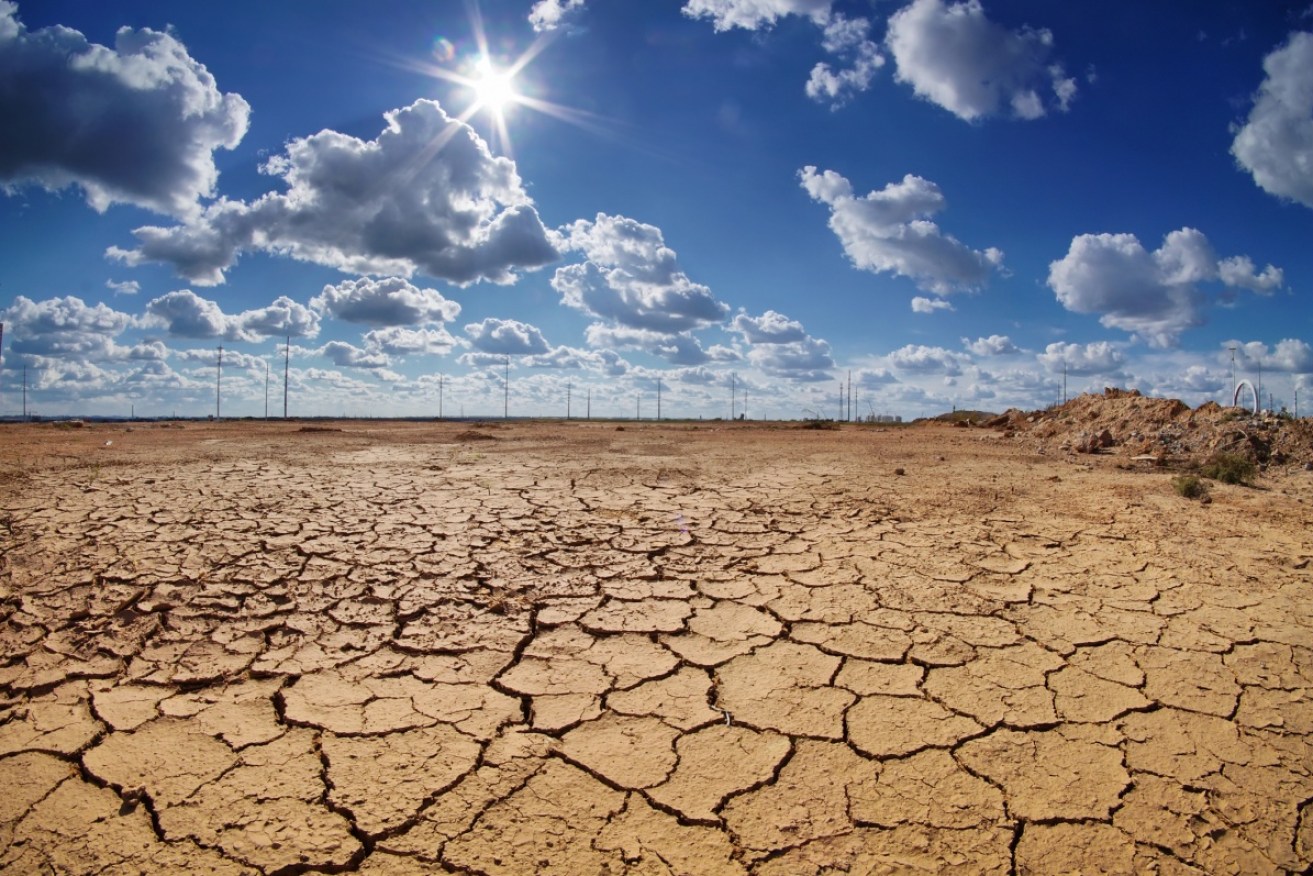‘Thanks, but no thanks’: Council also knocked back cash for farmer help


The Moyne Shire Council in south-west Victoria has rejected $1 million in federal government drought funding. Photo: Getty
A council at the centre of Scott Morrison’s drought-relief controversy has also knocked back government funding to help suffering farmers.
The south-west Victorian shire told the state government they won’t be using a cash injection offered to it for a bushfire relief program meant to help rural fire victims.
Moyne Shire Council is in the national spotlight after it was revealed the Prime Minister had allocated $1 million for drought relief to the area farmers say is actually “waterlogged”.
Councillors were surprised to hear about the cash splash and on Tuesday voted to turn it down, saying other areas in Australia needed it more.
Local farmer and councillor Colin Ryan said there was no way the council could accept the money when “farmers were suffering, living in dust bowls, unable to feed their cows or their families” in other parts of the country.
“How could we accept this money when it’s not needed?” Cr Ryan said.
Responding to criticism about the funding mishap, Drought Minister David Littleproud has ordered a review of the Bureau of Meteorology figures that were used to decide the grant allocations.
It’s not the first time Moyne Shire Council has turned down a cash boost recently.
In July, the council rejected $70,000 of state funding to sustain a bushfire relief service that helped farmers recovering from last year’s St Patrick’s Day bushfires that ripped through rural south-west Victoria.
Twice a week, two council employees would drive a van around the shire serving hot drinks and sausages and listening to families whose properties and businesses had been destroyed by flames.
The community-led initiative proved so successful that the pair behind the project were invited to present the format at several emergency management conferences around Australia.
Despite its success in forging strong bonds among the devastated rural community, the council pulled the pin on the project, saying it was putting too much pressure on staff.
Farmer Jack Kenna said while he didn’t know a single farmer battling drought conditions in the shire, he knew plenty still recovering from the bushfires.
“They’re struggling, but certainly not because of the drought,” Mr Kenna, who has lived in the shire his whole life, told The New Daily.
“Obviously there are still people struggling from the fires, from what it’s left behind physically, mentally and financially.”
Mr Kenna said this year’s winter had been so wet and cold that in some instances it was taking a toll on farmers’ livestock.
“If anything, it’s been too wet through winter and they’ve been waterlogged,” he said.
One farmer, who wished to remain anonymous, said she had to pay for a helicopter to spread fertiliser this year because it was too muddy on her property to travel through the paddocks.
Drought-relief funding is typically spent on projects such as building extra water storage tanks, engaging drought-support officers and providing a water supply that is not of drinking quality but may be used for other purposes, a Department of Infrastructure spokesperson said.

The Bureau of Meteorology’s rainfall predictions for the next three months show NSW, SA and WA look likely to be the most drought-affected regions. Photo: Bureau of Meteorology
Despite near-average rainfall around some capital cities, September has been much drier than average for large parts of Australia.
The Bureau of Meteorology’s most recent climate outlook predicts October will be drier than average for almost the whole of Australia, particularly in the southern and eastern parts of the country.
Temperatures during the day are very likely to remain warmer than average across Australia over the next three months, increasing the chance of early heatwaves and windy days amid a high fire danger period.
Other LGAs that received drought relief funding in 2019:
New South Wales
- Edward River
- Balranald
- Federation
- Bathurst Regional
- Berrigan
- Hay
- Lithgow
- Coolamon
- Weddin
- Cowra
- Murrumbidgee
South Australia
- Adelaide Plains
- Peterborough
- Alexandrina
- Port Pirie City and District
- Renmark Paringa
- Berri Barmera
- Light
- Unincorporated Far North SA
- Copper Coast
- Murray Bridge
- Flinders Ranges
Victoria
- Buloke
- Mildura
- Yarriambiack
- Latrobe
Tasmania
- Break O’Day
- Glamorgan Spring Bay








